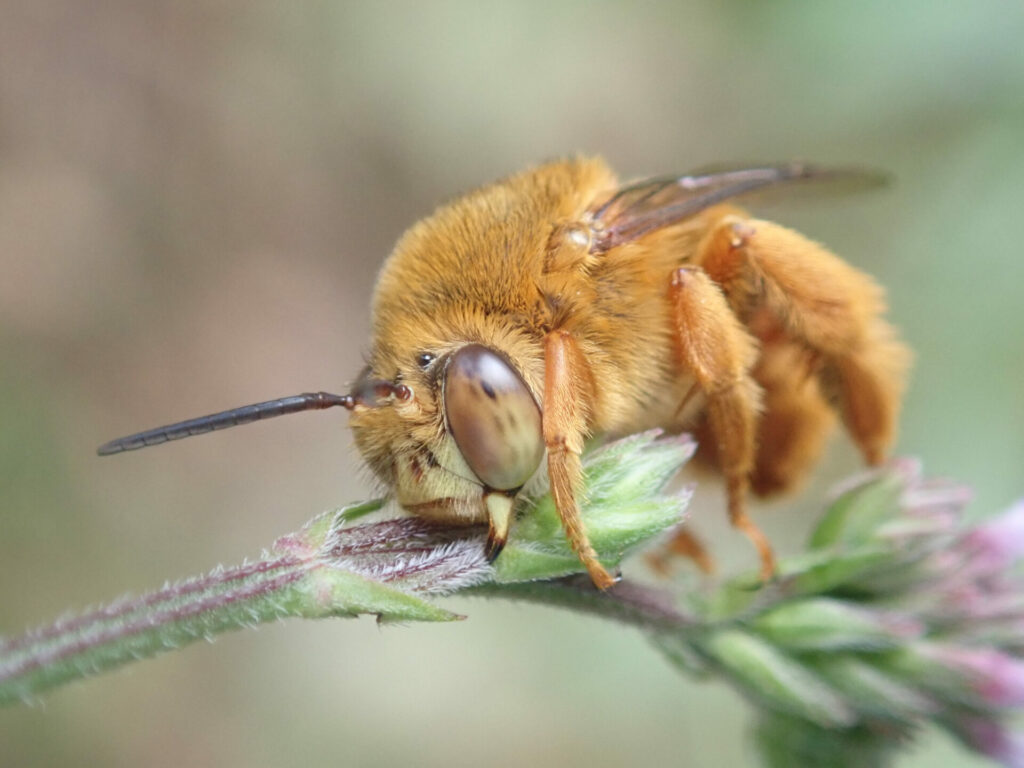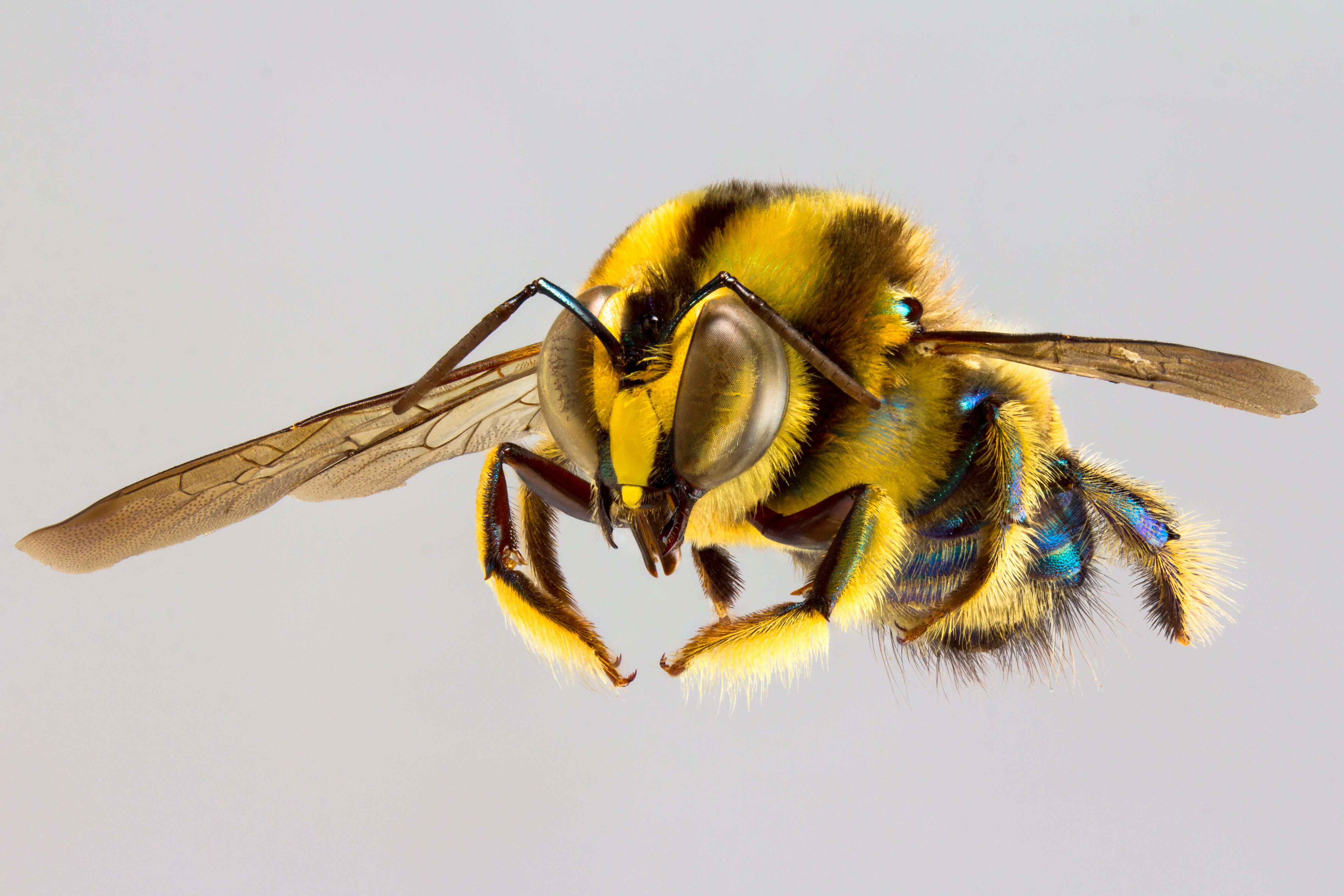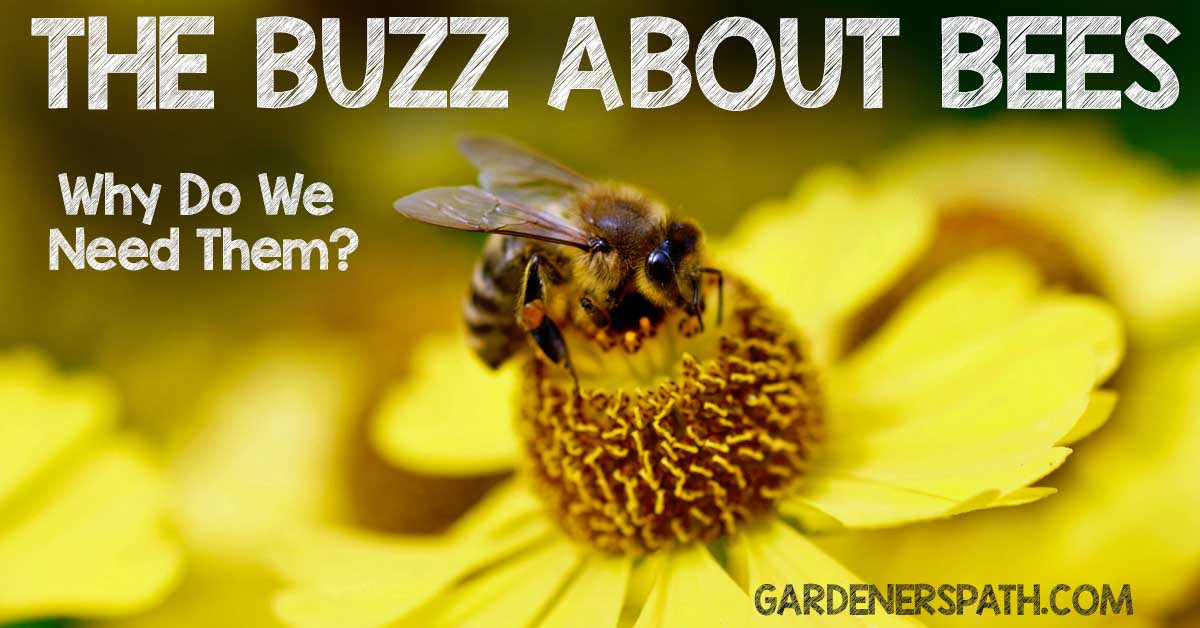Buzzing with Life: The Essential Guide to Bees in Australia
Buzzing with Life: The Essential Guide to Bees in Australia

Australia boasts a vibrant tapestry of life, and buzzing amidst this diverse landscape are its incredible bees. These tiny creatures, often overlooked, play a crucial role in our ecosystem, contributing significantly to our agricultural success and the health of our native flora. This comprehensive guide delves into the fascinating world of Australian bees, exploring their diversity, ecological importance, and the challenges they face.
A Buzzing Symphony of Diversity
Related Articles: Buzzing with Life: The Essential Guide to Bees in Australia
- The Bush Rat: A Glimpse Into Australia’s Nocturnal World
- Difference Between Indigenous And AboriginalTitle
- Nourishing The Land, Nourishing The Soul: A Deep Dive Into Australian Aboriginal Food Systems And Cultural Ownership
- Unveiling The Stories Woven In Symbols: A Journey Into Aboriginal Connection Art
- The Dreamtime: How Aboriginal Australians Believe Their Ancestors Shaped The World
Australia is home to a staggering diversity of bees, with over 2,000 native species identified, and many more waiting to be discovered. This incredible biodiversity is a testament to the continent’s unique geography, climate, and long evolutionary history.
Types of Australian Bees:
- Native Bees: These are the true stars of the Australian bee world, representing the vast majority of species. They range in size and appearance, from the tiny, metallic blue-green "fairy bees" to the large, robust carpenter bees.
- Honey Bees: While not native to Australia, European honey bees (Apis mellifera) were introduced in the 1800s and have become an integral part of our agricultural landscape. They are crucial for commercial honey production and pollination of crops.
The Importance of Bees: Beyond the Honey
Bees are often associated with honey, but their contribution to our ecosystem extends far beyond this sweet treat.

1. Pollination Powerhouses: Bees are the undisputed champions of pollination, playing a vital role in the reproduction of countless plant species, including many of our food crops. This process ensures the production of fruits, vegetables, and seeds, contributing significantly to our food security.
2. Supporting Biodiversity: By pollinating native plants, bees contribute to the preservation of our diverse flora. This, in turn, supports a wide range of other wildlife, creating a complex and interconnected web of life.
3. Ecosystem Engineers: Bees are also involved in the creation and maintenance of healthy ecosystems. Their activities, such as nest building and foraging, influence soil health, seed dispersal, and plant diversity.
Challenges Facing Australian Bees
Despite their vital role, Australian bees face numerous challenges, threatening their survival and the stability of our ecosystems.

1. Habitat Loss and Fragmentation: As human populations expand, natural habitats are cleared for agriculture, urban development, and infrastructure, leaving bees with less space to forage and nest.
2. Climate Change: Rising temperatures, altered rainfall patterns, and extreme weather events disrupt bee populations. Bees are sensitive to these changes, impacting their foraging behavior, nesting success, and overall survival.
3. Pesticides and Herbicides: Agricultural practices relying heavily on pesticides and herbicides can be detrimental to bees, poisoning them directly or disrupting their food sources.
4. Invasive Species: The introduction of non-native bee species, like the Asian honey bee, can compete with native bees for resources and spread diseases, potentially impacting the delicate balance of our ecosystems.
5. Disease and Parasites: Bees are susceptible to various diseases and parasites, including Varroa mites, which can decimate honey bee colonies.

Protecting Our Buzzing Friends
The future of Australian bees depends on our actions. Here are some ways we can contribute to their conservation:
1. Plant Native Flowers: By planting a diverse array of native flowering plants, you provide valuable food sources and nesting habitats for bees.
2. Reduce Pesticide Use: Opt for organic gardening practices and support local farmers who use sustainable methods.
3. Create Bee-Friendly Habitats: Provide nesting sites for bees by leaving areas of undisturbed ground, creating bee hotels, or planting trees and shrubs.
4. Support Bee Research: Contribute to research initiatives that are working to understand and address the challenges faced by Australian bees.
5. Advocate for Change: Raise awareness about the importance of bees and support policies that promote sustainable land management, reduce pesticide use, and protect natural habitats.
The Future of Bees in Australia
The fate of Australian bees is intertwined with the well-being of our ecosystems and our own future. By understanding the challenges they face and taking action to protect them, we can ensure that the buzz of life continues to thrive in our diverse and vibrant land.
FAQ: Bees in Australia
Q: What are the most common types of bees in Australia?
A: The most common types of bees in Australia include native bees like the blue-banded bee, teddy bear bee, and leafcutter bee. European honey bees are also widely present, particularly in agricultural areas.
Q: Are all bees in Australia native?
A: No, European honey bees were introduced to Australia in the 1800s and are now widely established.
Q: What is the difference between native bees and honey bees?
A: Native bees are the diverse array of species that evolved in Australia, while honey bees were introduced from Europe. Native bees are generally smaller, more solitary, and have a wider range of nesting habits compared to honey bees.
Q: Are bees dangerous?
A: Most Australian bees are not aggressive and will only sting if they feel threatened. However, it is always best to be mindful of their presence and avoid disturbing their nests.
Q: How can I attract bees to my garden?
A: Plant a variety of native flowering plants, provide nesting sites like bee hotels, and avoid using pesticides.
Q: What can I do to help protect bees?
A: Support bee conservation organizations, plant native flowers, reduce pesticide use, and advocate for sustainable practices that benefit bees.

Closure
Thus, we hope this article has provided valuable insights into Buzzing with Life: The Essential Guide to Bees in Australia. We appreciate your attention to our article. See you in our next article!